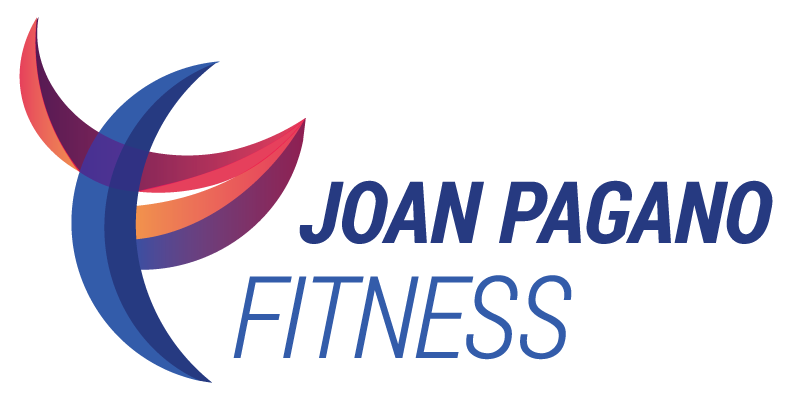Dead Bug Exercise
What is the Dead Bug exercise?
The Dead Bug exercise series is a progression that strengthens the core by challenging the deep abdominal muscle, the transverse abdominis or TVA, to stabilize the pelvis against the resistance of the moving arms and legs. As the movements become increasingly difficult, the TVA gets stronger to keep the low back from arching and the pelvis from tilting.
The Dead Bug exercise series strengthens the core while keeping the spine aligned. It is a safe alternative to crunches and sit ups if you have osteoporosis of the spine.
What are the benefits of the Dead Bug exercise?
Recruit the TVA
Enhance core strength
Support the low back
Safe and effective core exercise for osteoporosis
The Dead Bug series targets the TVA, the transverse abdominis muscle. The compressive nature of the TVA makes it a natural corset, enhancing core strength and supporting the low back. These moves are also called lumbar stabilization exercises. As you perform the movements, the deep abdominals work isometrically to keep the pelvis aligned.
The exercises that target the TVA are performed with the trunk in neutral spine alignment. If you have osteoporosis or osteopenia, these exercises provide an excellent alternative to crunches and sit ups, which round the upper back in spinal flexion and can place stress on the vertebrae.
If you have osteoporosis of the spine, avoid crunches and sit ups which may damage the weakened vertebrae. The Dead Bug is a safe and effective alternative.
Techniques to target the TVA
Belly breathing
Neutral spine alignment
Pelvic tilt
1) Belly breathing is key here, because the TVA functions (along with the obliques) to compress the abdomen when you exhale.
Practice a belly breath. Inhale, fill the belly with air, then exhale forcefully by pulling the abdominals tight (think "belly button to spine") and push the air out.
Place your hands on your belly to feel the action of the abdominals as they expand and contract.
2) Next, find neutral spine alignment, the place where your spine rests while preserving all its natural curves.
You should have a slight curve in the lower back, with just enough space to slip your hand in if you are standing straight with your back against a wall.
The correct alignment of the lower back, neither flattened nor arched, will allow you to recruit your core muscles most effectively.
3) The pelvic tilt can be used as a technique to learn how to actively stabilize the pelvis in neutral spine alignment.
Inhale, expand the belly as you take in the air; exhale, compress the abdomen, and press the lower back to the floor.
Now, keep your abdominals tight and release the pelvic tilt halfway.
Relax the lower back, allowing the slight natural curve.
The abdominals should remain taut or stiff to the touch.
Dead Bug Series: A Progression
Build core strength with this progression, moving onto the next level of difficulty when you have mastered the previous move. (See video above).
Single leg raise
90/90 and hold
Alternating kicks
Dead Bug
1) Single leg raise
Start with your knees bent at 90 degrees, feet on the floor.
Lift one leg at a time, keeping the right angle at the knee, then lower the leg back to the floor.
Make sure your hips stay level and alternate sides for 10 repetitions (one rep = both sides).
2) 90/90 and hold
From the above position, lift one leg at a time and hold, so that both legs are raised with your knees bent over your hips, calves parallel to the floor (a right angle at your hips and at your knees).
With your arms at your sides, press the backs of your hands into the floor to stabilize your shoulder blades.
Maintaining the right angles at your hips and knees, hold the position for 30 seconds or longer without arching the low back.
3) Alternating kicks
Starting in 90/90, tighten your abs and slowly straighten one leg, lowering it as close to the floor as possible without arching your back.
Bring your opposite knee in closer to your chest.
Pause, then slowly return to the starting position and repeat, alternating legs, for 10 reps (one rep = both sides).
4) Dead Bug
From 90/90, extend your arms to the ceiling, hands directly over your shoulders, palms facing forward.
Contract your abdominals by drawing your belly button toward your spine. Lower one arm overhead and straighten the opposite leg, lowering it as close to the floor as possible without arching your back.
Bring the raised bent knee in closer to your chest.
Return to the start position and repeat, alternating sides, until you’ve completed 10 reps (one rep = both sides).
To increase the level of difficulty, hold the lowered position for a count of 10, then change sides and repeat.
Hug your knees into your chest to stretch.
For step-by-step photos of each of the moves in the video, see Strength Training Exercises for Women by Joan Pagano (DK Publishing, 2014).
Disclaimer: The information presented in this article should not be construed as medical advice. It is not intended to replace consultation with your physician or healthcare provider.

